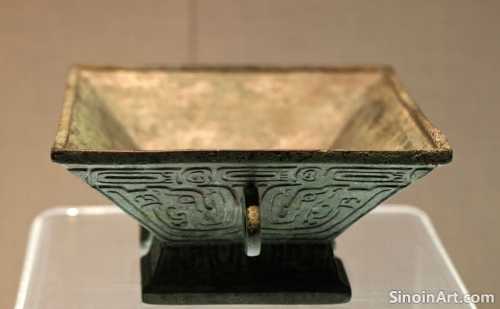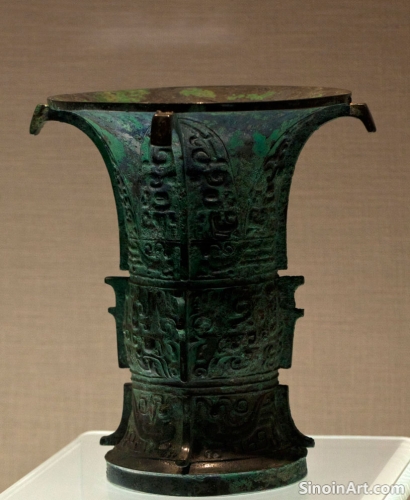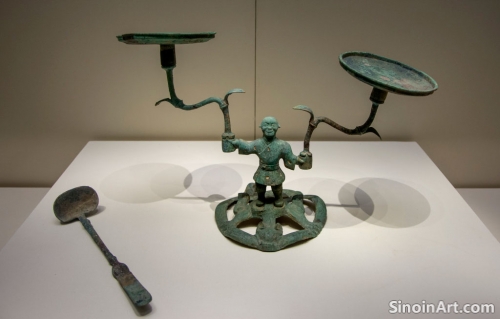The Role of Bronze in Ancient Chinese Storytelling: Depictions of Myths and Legends
|
Bronze ware in ancient China was not just a vehicle for ritual and practical use; it also served as a powerful medium for storytelling, depicting ancient myths, legends, and heroic figures. The ability of bronze workers to convey stories through these objects helped to elevate their function to more than simply material artifacts.  Many bronze vessels feature scenes from popular myths and legends, often depicting mythical creatures, battles, or heroic figures. The use of depictions of legends and myths helped to bring stories from the oral tradition to life in a visual medium. The stories depicted on bronze ware often reflect the cultural and religious values of the time.  The use of bronze in masks and other decorative objects often helped to communicate stories about the spiritual or supernatural worlds. The depiction of fantastical beings and magical events was a powerful tool for connecting with the spiritual world. These pieces helped to highlight the importance of the unseen realm in ancient Chinese thought.  The study of bronze ware as a form of storytelling helps to illuminate the ancient Chinese worldview and their understanding of history, religion, and culture. The ability of the bronze to depict narratives helps to add layers of meaning to the study of these artifacts. The combination of image and symbolism allows for a deep engagement with the culture of the past. |
Tag : bronze storytelling, Chinese myths, legends, artifact depictions, bronze narratives
Related information
- Beyond Vessels: The Diverse Uses of Bronze in Ancient China
- Bronze Ware and Ancient Chinese Astronomy: Decoding Celestial Patterns and Calendars
- Bronze Ware and the Development of Ancient Chinese Writing Systems
- Bronze Ware and the Development of Ancient Chinese Agriculture: Water Management and Irrigation Systems
- Bronze Ware and Ancient Chinese Beliefs About Immortality: The Quest for Everlasting Life
This article explores the diverse uses of bronze beyond vessels and weapons, highlighting its use in musical instruments, mirrors, tools, and other objects, demonstrating the versatility and importance of bronze in ancient Chinese society.
This article explores how bronze ware reflects ancient Chinese understandings of astronomy, highlighting the use of celestial patterns, depictions of constellations, and the connection between astronomical knowledge and ritual practices.
This article explores the relationship between bronze ware and the development of ancient Chinese writing systems, highlighting the earliest forms of writing on bronze, the evolution of script styles, and the importance of these inscriptions in understanding early Chinese language.
This article explores the use of bronze in ancient Chinese agriculture, highlighting its role in creating water management systems, irrigation components, and other implements that were essential for increasing agricultural productivity and supporting a growing population.
This article explores the connection between bronze ware and ancient Chinese beliefs about immortality, highlighting how mirrors, vessels, and symbolic designs were used to ensure the well-being of the deceased, and to help with their passage to an eternal existence.